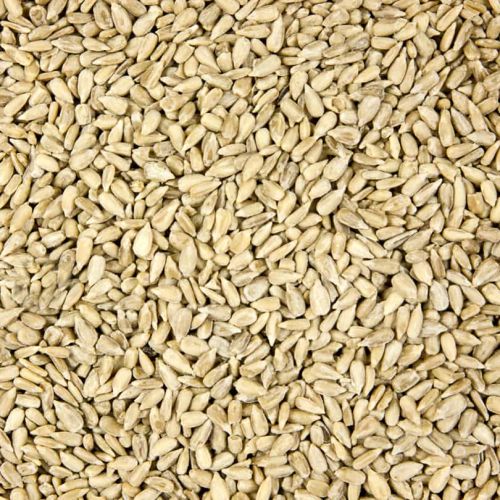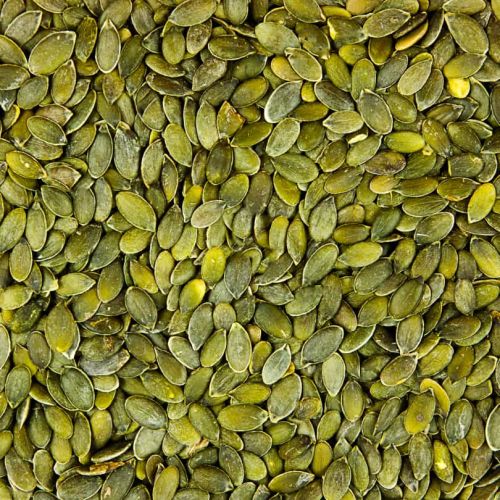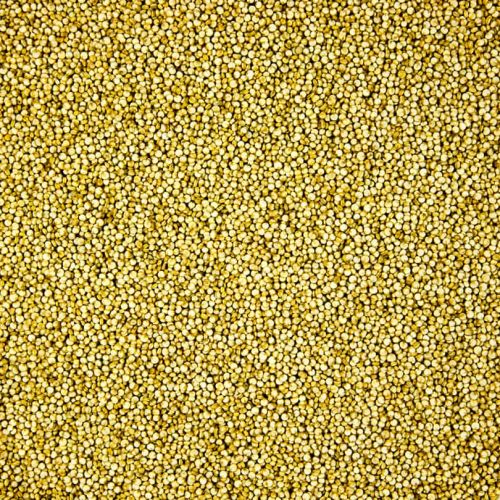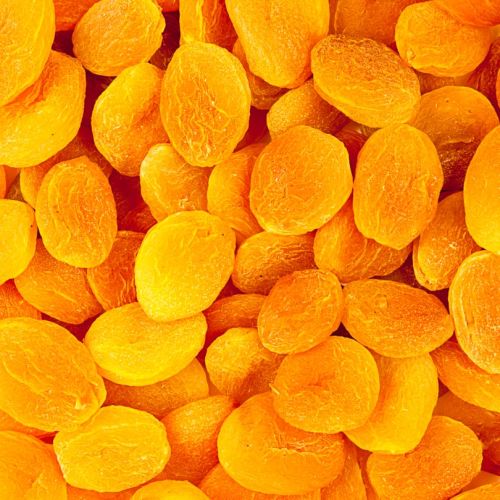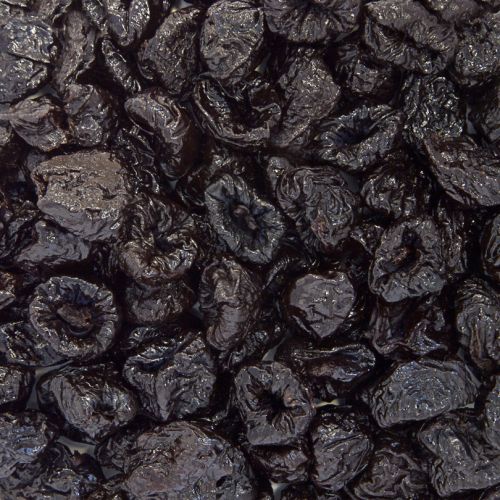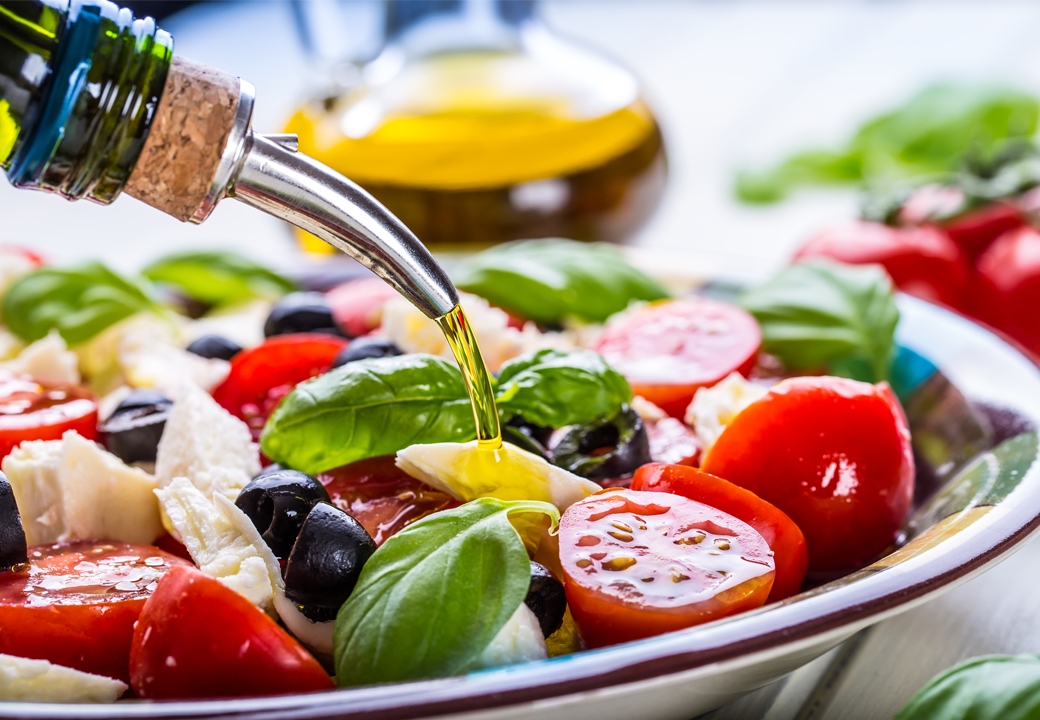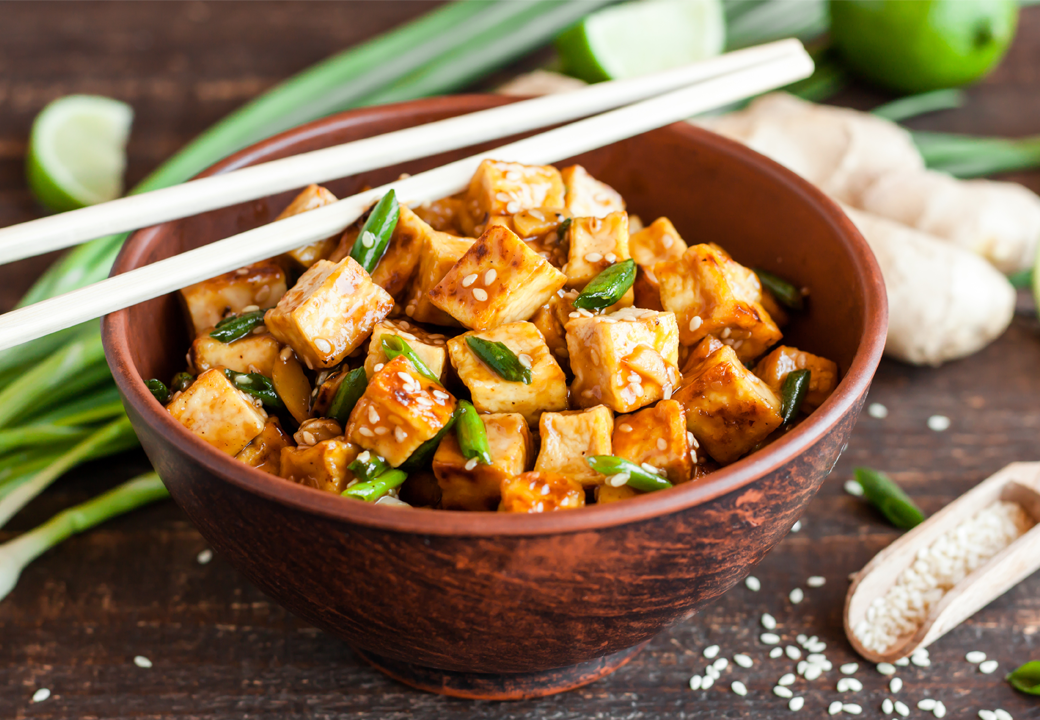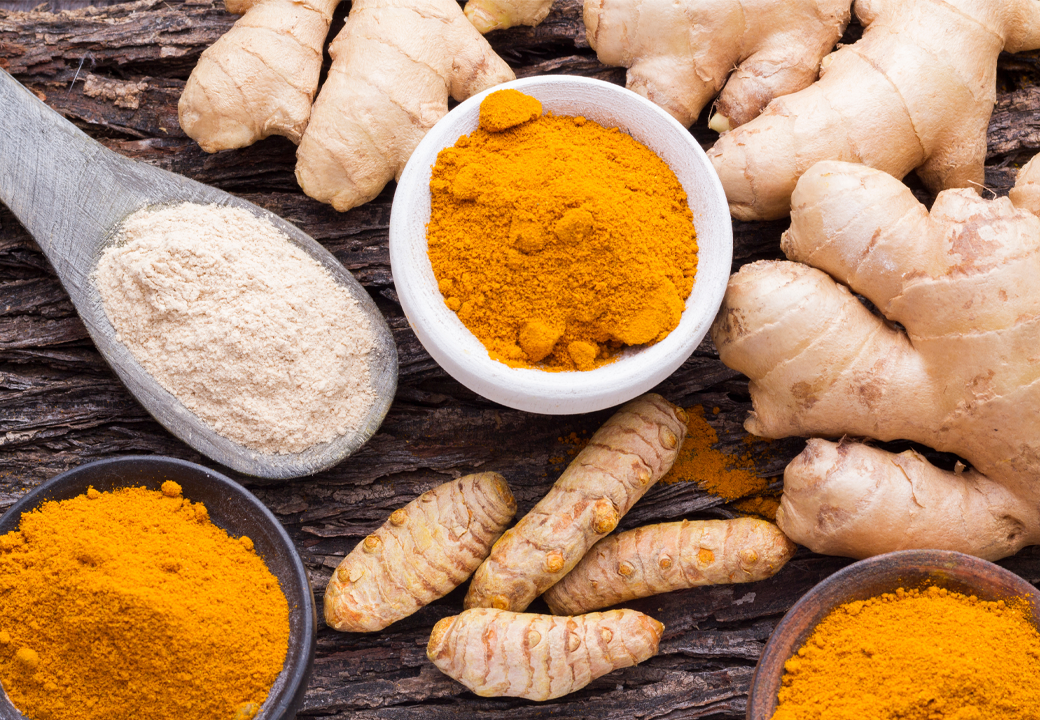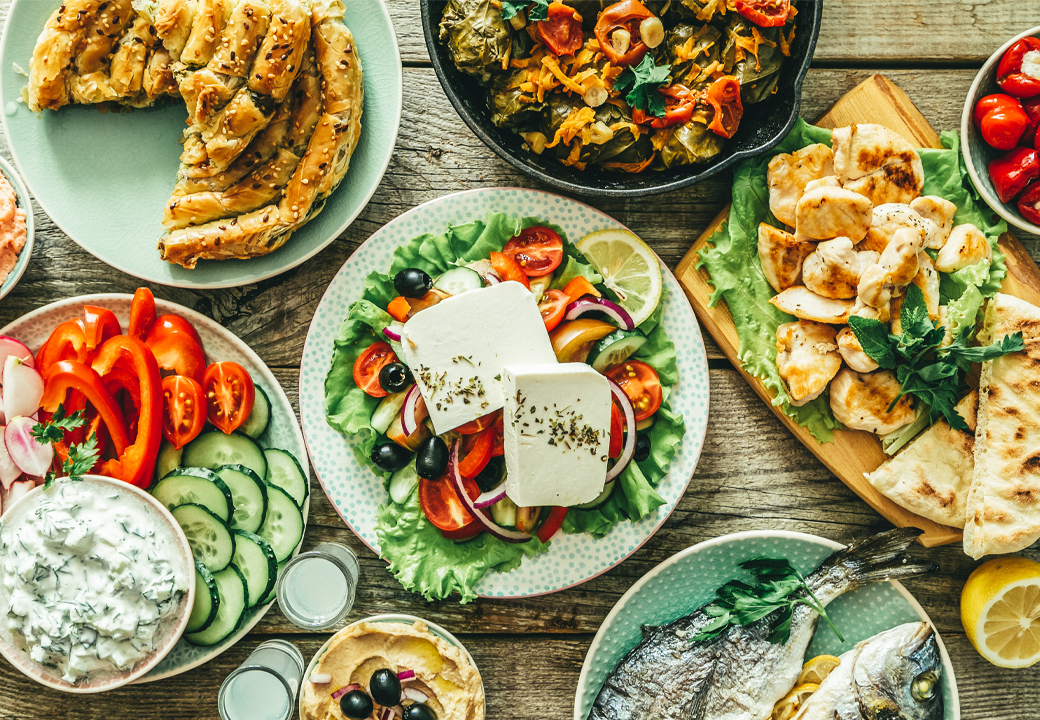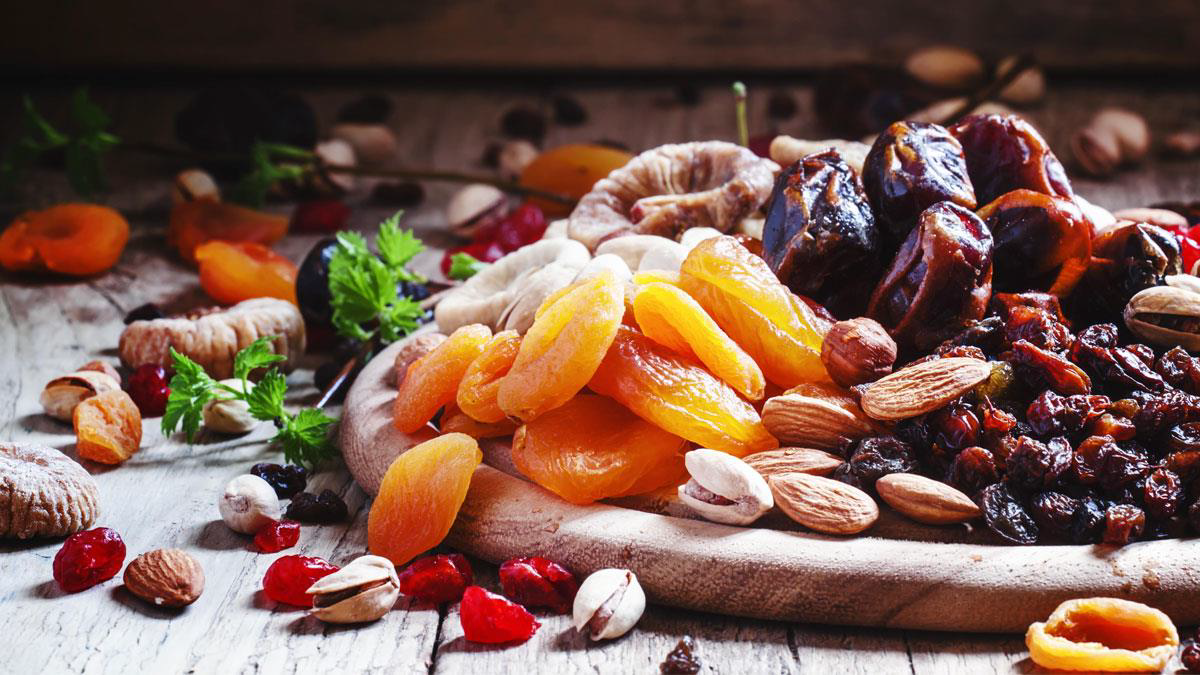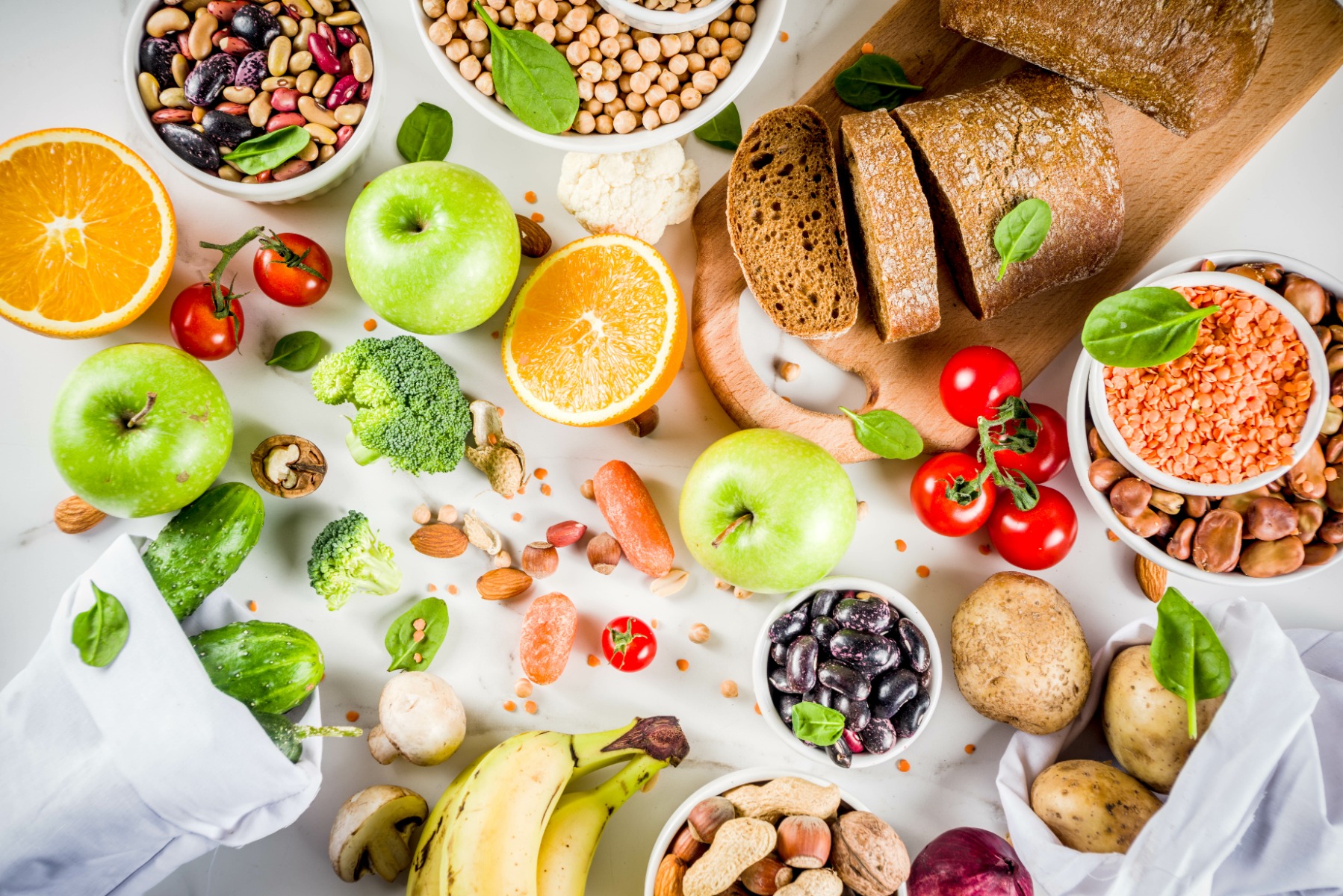

Photo Credit: "© [ricka_kinamoto] / Adobe Stock
Adults need 30g of fibre a day, but many of us are only hitting 20g (if not less). So, the big question is - how do you get more? You don’t just get fibre from carrot sticks and apples. You can also skyrocket your intake from eating grains, nuts and seeds. In this article, we’re giving you a crash course on how to increase fibre intake, plus some top fibre recommendations.
Why Do You Need Fibre?


Photo Credit: "© [Drobot Dean] / Adobe Stock
Fibre is incredibly good for your digestive system. It contains binding agents and provides your intestines with slip to pass stools easily, preventing bloating, excess gas and cramps
Your gut health is integral to the rest of your body as it constantly communicates with your brain. This helps regulate hormones to reduce heart problems and lower the risk of type 2 diabetes. It also keeps you feeling full for longer to avoid overeating and maintain a healthy weight.
How To Get More Fibre In Your Diet
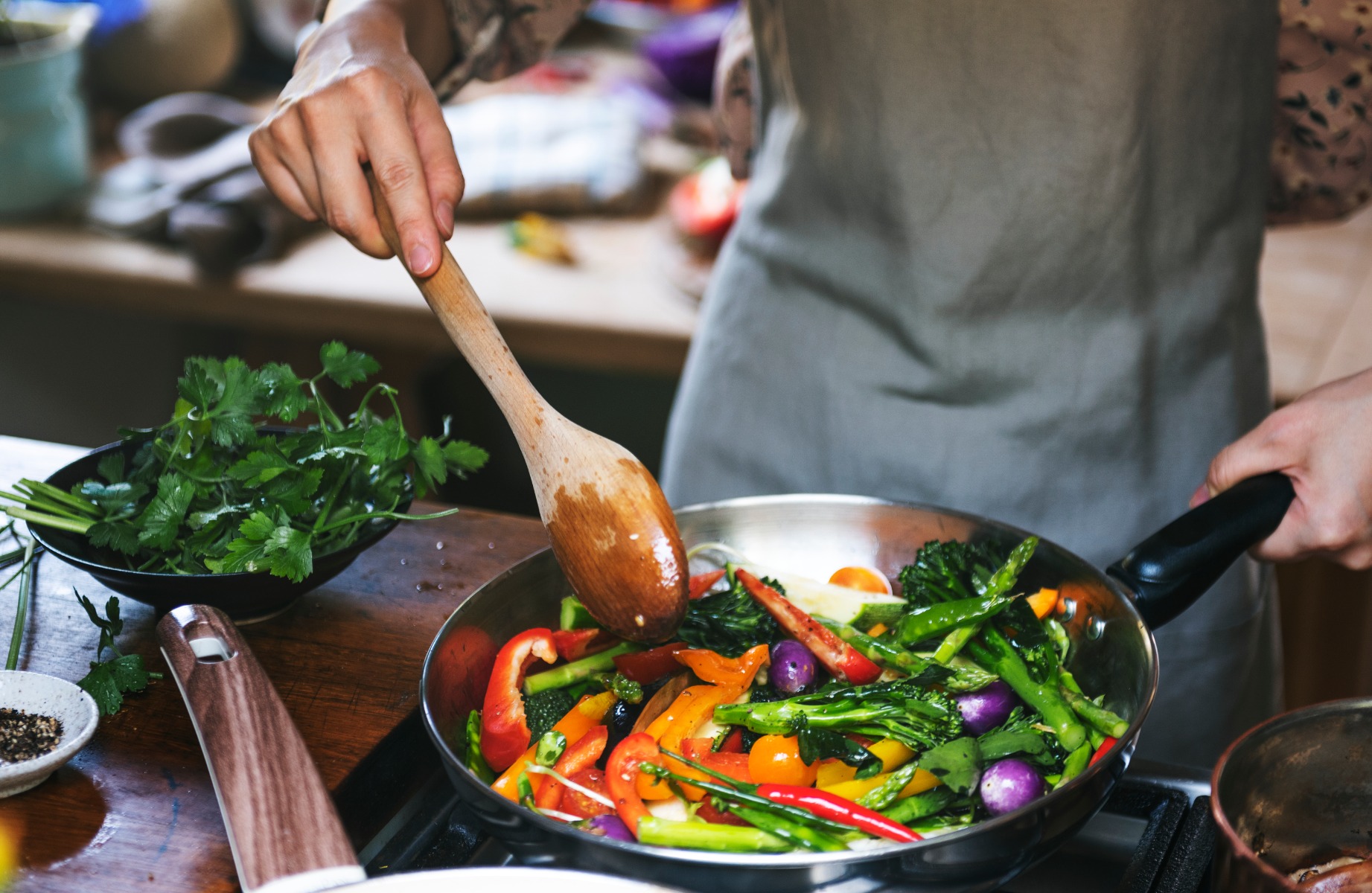

Photo Credit: "© [https://rawpixel.com/] / Adobe Stock
Knowing how to increase fibre intake doesn’t have to be complicated. There are lots of big and small ways you can incorporate more fibre into your diet. You just need to know how.
Try The Mediterranean Diet
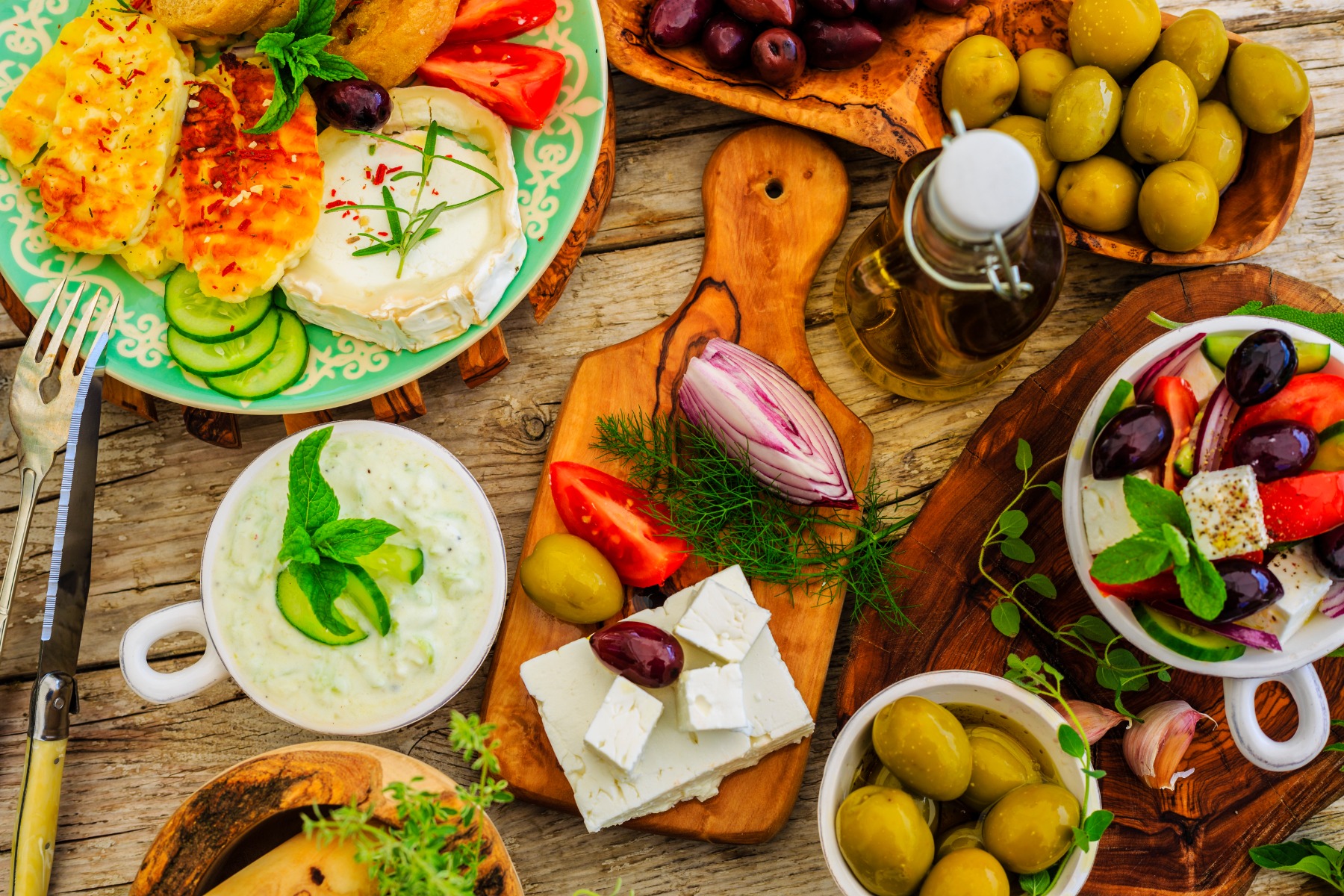

Photo Credit: "© [Gorilla] / Adobe Stock
The Mediterranean diet is primarily a plant-based diet, and that means getting lots of fruits, vegetables, nuts, seeds, grains and beans. Basically, everything that is high in fibre. It’s the ideal nutritional plan for heart health and the gut, balancing glucose levels and lowering bad cholesterol.
Half of your plate on a Mediterranean diet meal plan should consist of fibre-high foods. The rest of your meal is made from protein and carbohydrates. There’s also a focus on getting plenty of fish, such as salmon, tuna and sea bass. But what exact fibre foods should you be eating?
Read our blog on 10 Things You Should Know About Mediterranean Living
Read our blog on 10 Things You Should Know About Mediterranean Living
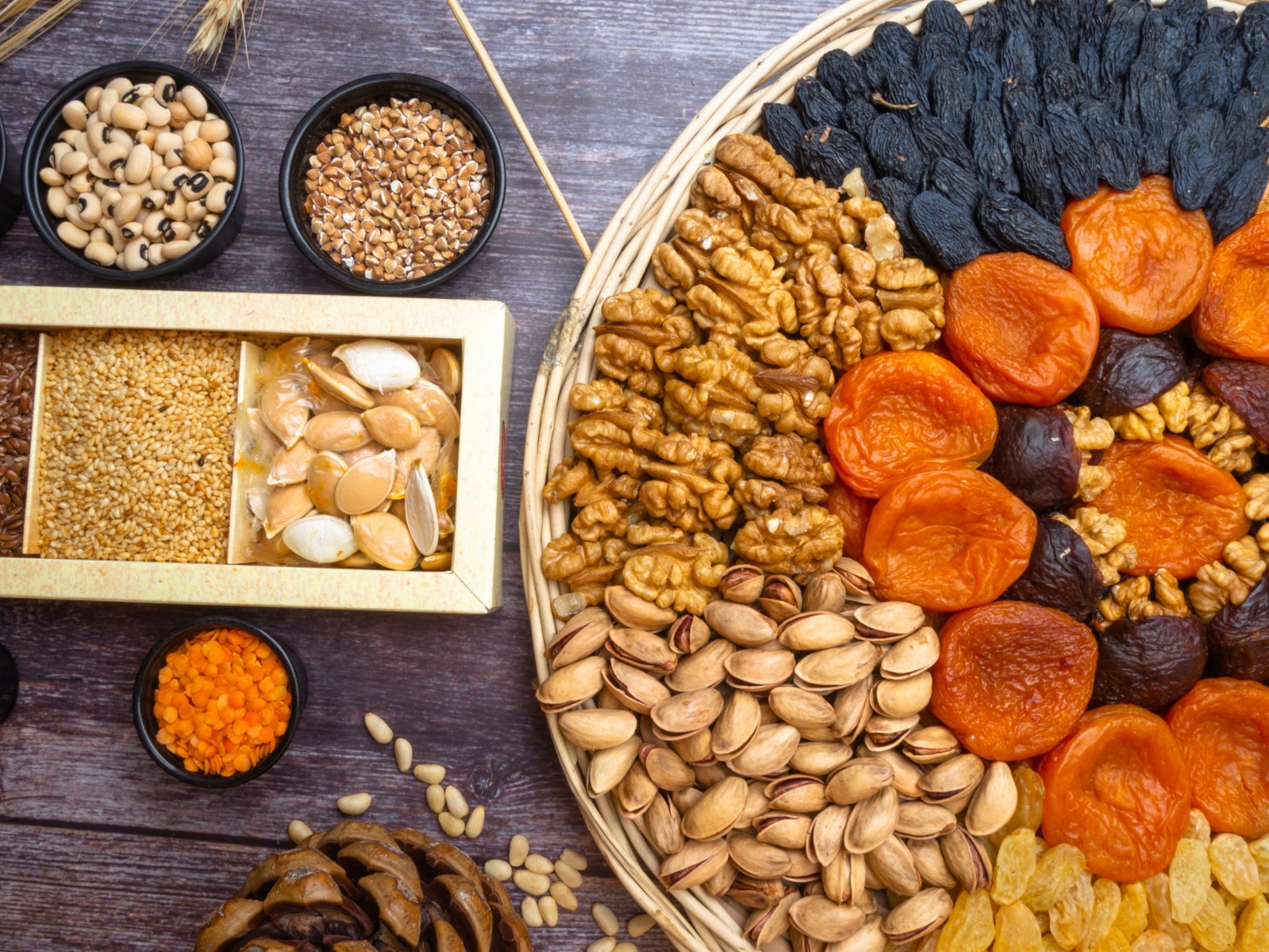

Photo Credit: "© [artemidovna] / Adobe Stock
- Pumpkin Seeds - Pumpkin seeds are a superfood, extremely versatile and easy to add to meals. Sprinkle them over porridge, bake them into bread or have them as a quick snack if you’re peckish
- Almonds and walnuts - These two nuts are bursting with amino acids and a great fibrous addition to salads. Try honey-roasted walnuts or sprinkling almonds with salt and pepper for extra taste.
- Chickpeas - If you want to maximise fibre intake, chickpeas should be on the list. Stir into soups or swap for rice. You can also use chickpea flour to make smooth hummus, mouth-watering falafels or fibrous bread.
Focus On An Anti-Inflammatory Diet


Photo Credit: "© [Wesley/peopleimages.com] / Adobe Stock
Figuring out how to eat more fibre becomes straightforward if you have one rule: follow an anti-inflammatory diet. Many foods nowadays are inflammatories, which trigger an immune response, causing cells to swell. This leads to slow blood flow, increased heart problems, acne, hair loss and painful joints.
An anti-inflammatory diet calms an irritated body from the inside out with heart-healthy foods to boost blood flow and reduce swelling. The good news? The majority of anti-inflammatory foods are also high in fibre. Here are our top picks:
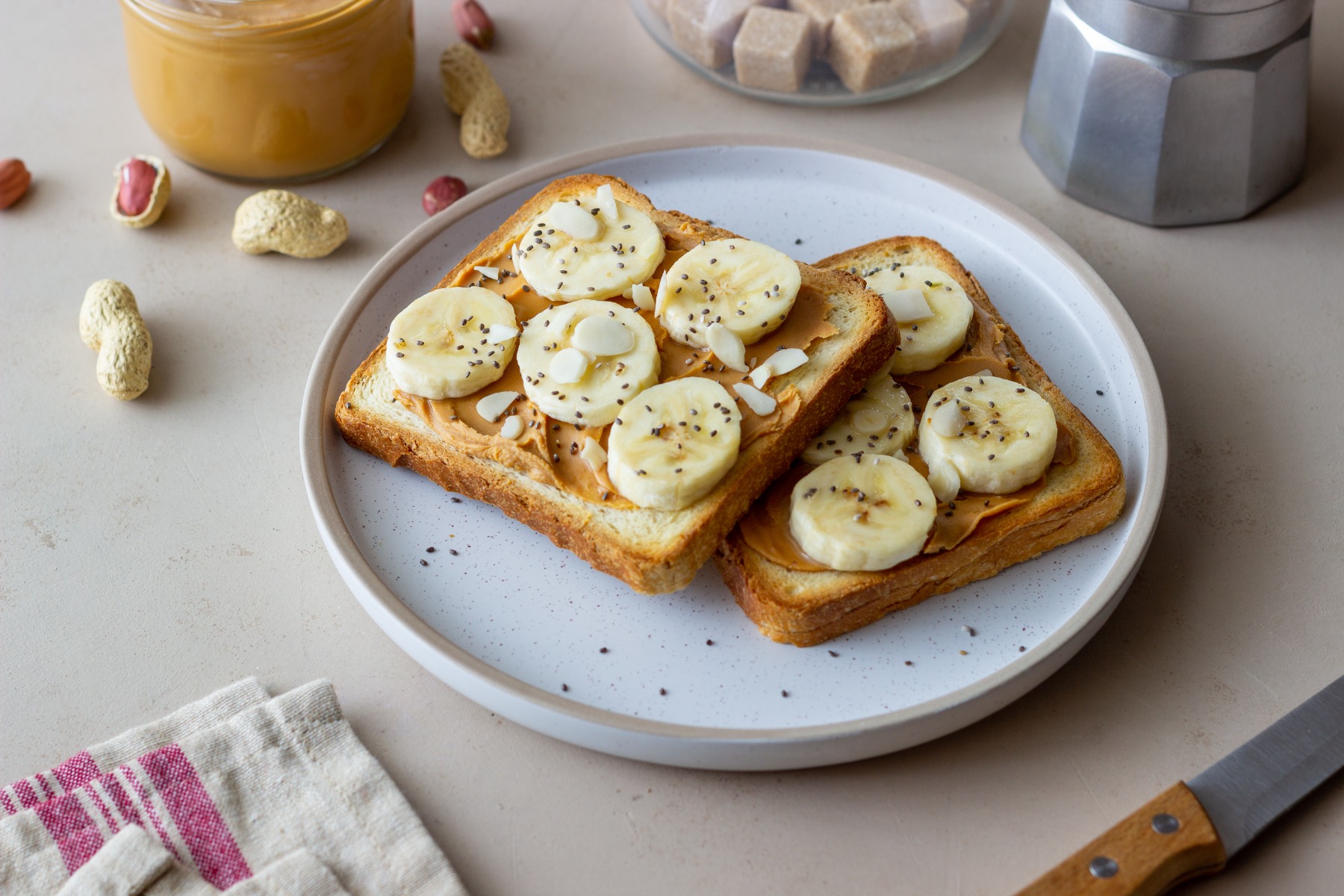

Photo Credit: "© [Vladislav Chusov] / Adobe Stock
- Chia Seeds - These little blue-black seeds are a fantastic source of omega-3 and an effortless way to eat more fibre. Garnish your salads, sprinkle over porridge or make chia seed pudding.
- Sunflower Seeds - The tiny sunflower seed is power-packed with fibre and amino acids. Try mixing them into your cereal or baking sunflower seed bread.
- Dried blueberries - Blueberries are brimming with fibre and antioxidants. But, as tasty as blueberries are, eating them all before they go mushy is a challenge. So, switch out fresh blueberries for dried ones and have them in your cupboard all year round
Make SImple Fibre Swaps
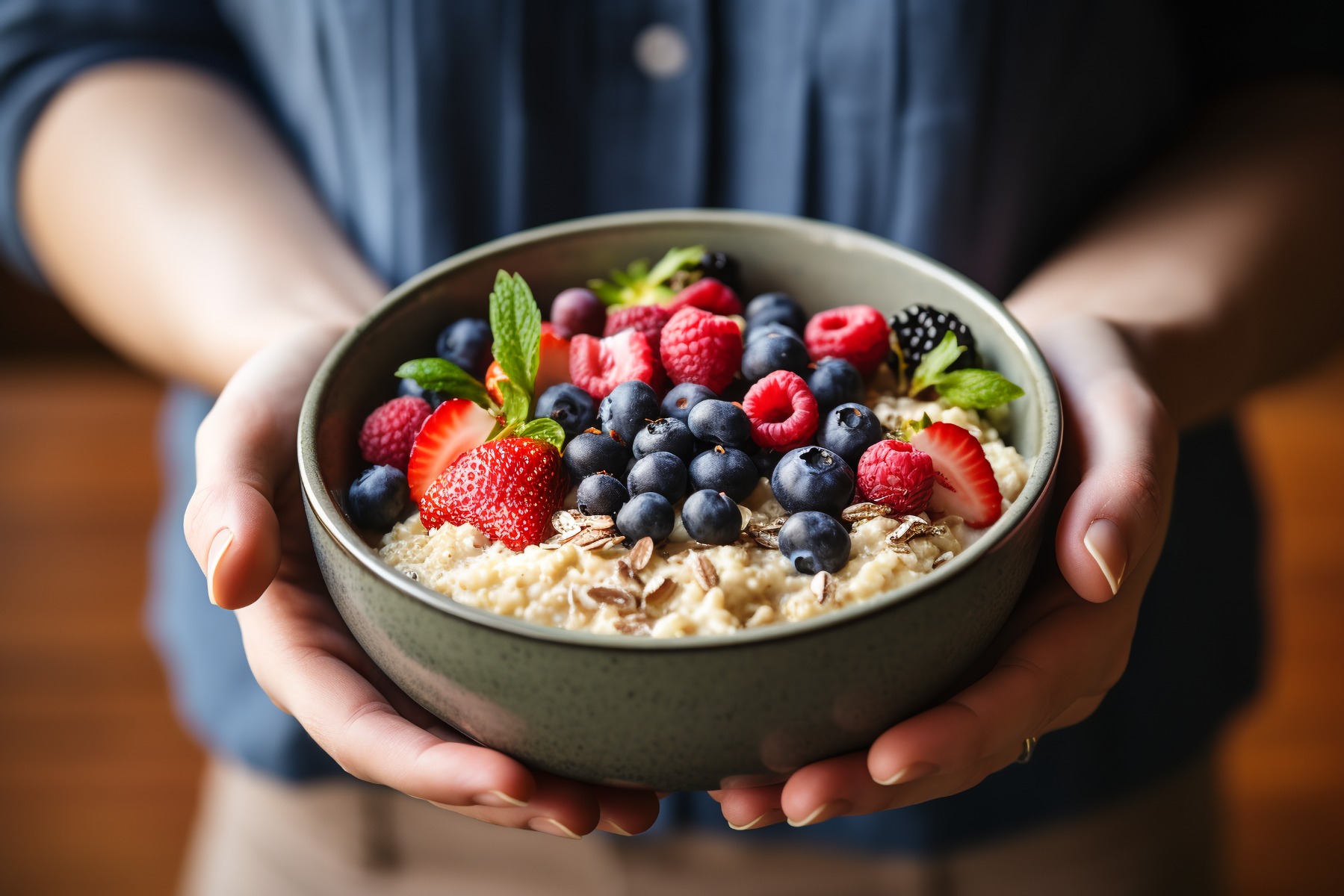

Photo Credit: "© [Oleksandr] / Adobe Stock
You can create healthy meal plans by swapping refined carbs with fibre alternatives. This tactic also makes low-carb meals - good news if you want to cut down on bread and pasta. Here are a few simple fibre swaps:
Switch Your Cereals
Instead of reaching for sugar-coated Coco Pops or Frosties, change your breakfast for something high in fibre. Porridge oats are a great choice, and you can add all sorts of toppings, like linseeds, banana chips and a scoopful of nut butter.
Change Your Pasta And Rice
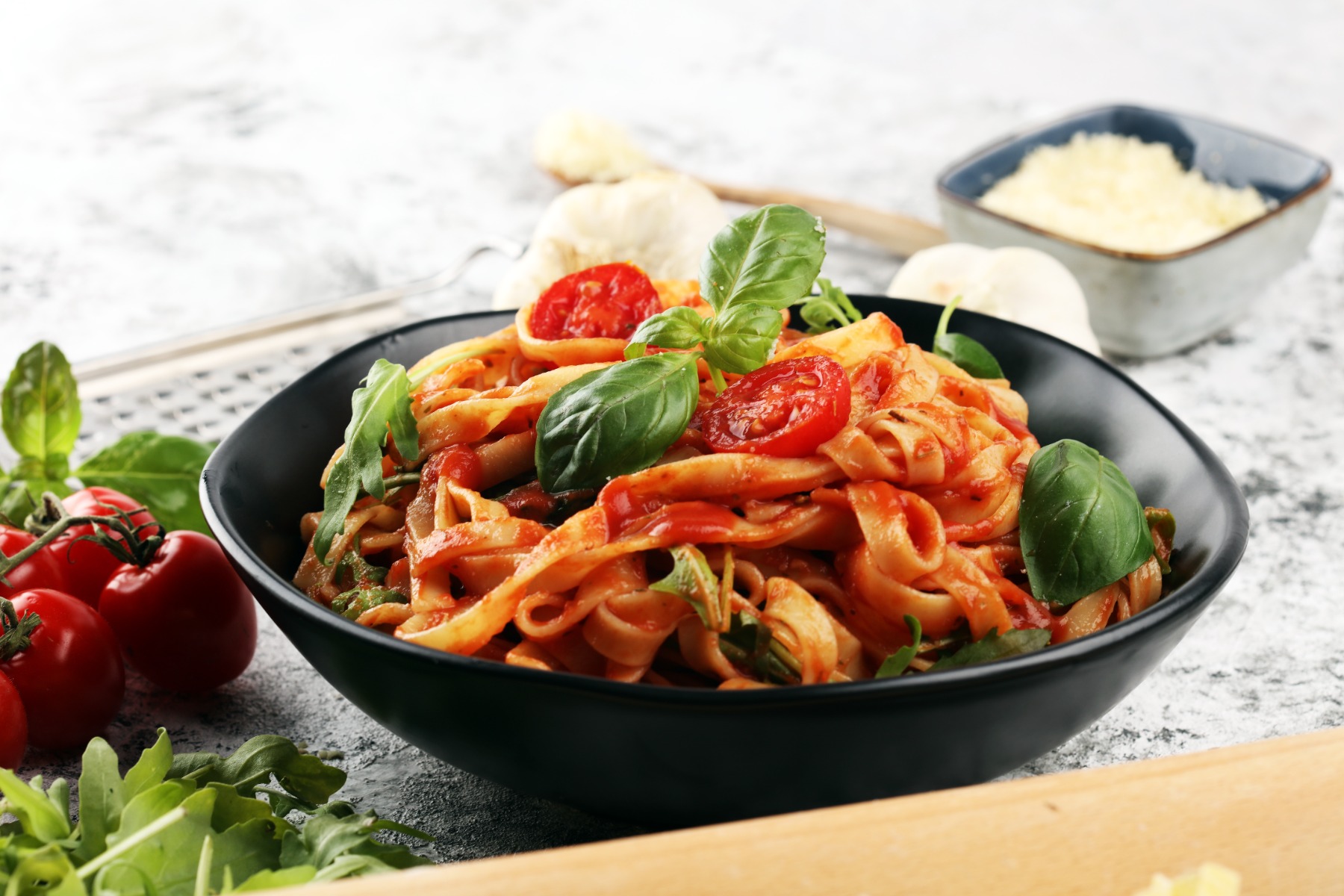

Photo Credit: "© [beats_] / Adobe Stock
Instead of having salmon or chicken on a bed of rice or stirred into pasta, choose a high-fibre alternative. Quinoa is low-calorie and gluten-free, with a light, nutty and earthy taste. It’s delicious with fish or halloumi salad. You can also get plant-based pasta, like chickpea or lentil pasta.
Thicken Your Smoothies Using Fibre
Make a deliciously creamy, thick smoothie or milkshake by adding Inulin Powder. Made from plant sources, including chicory root, it naturally sweetens drinks while giving it a sneaky dose of fibre.
Snack On High-Fibre Foods
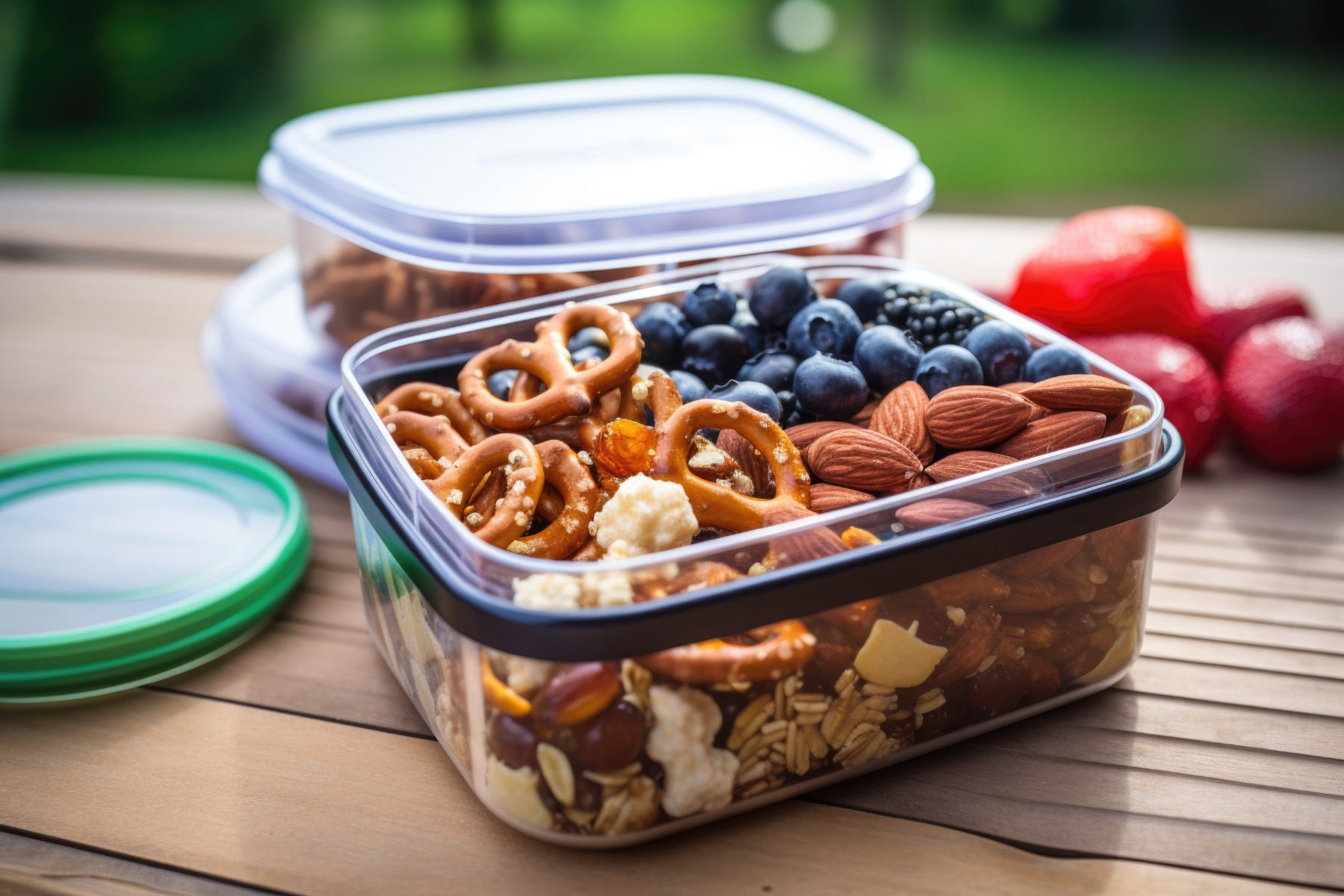

Photo Credit: "© [Natalia] / Adobe Stock
One of the most efficient ways to get more daily fibre is by stocking up on fibre-rich snacks. Instead of reaching for a chocolate bar or those 3 pm biscuits, swap them for healthier snacks. Use our below ideas for inspiration:
- Apricots - Dried apricots are deliciously sweet and juicy all by themselves. They’re high in essential vitamins and minerals like vitamin B3, iron and copper. Plus, they’re a fail-safe way to consume more daily fibre.
- Roasted Salted Edamame Beans - If you’re a savoury over sweet person, salted edamame beans are for you. They’re crunchy, light and extremely moreish - making them the ideal crisp alternative.
- Pitted Prunes - Dried prunes have 7 grams of fibre per 100 grams, so eating these instead of sweets is a no-brainer to up your fibre.
Increase Your Fibre Intake With Grape Tree
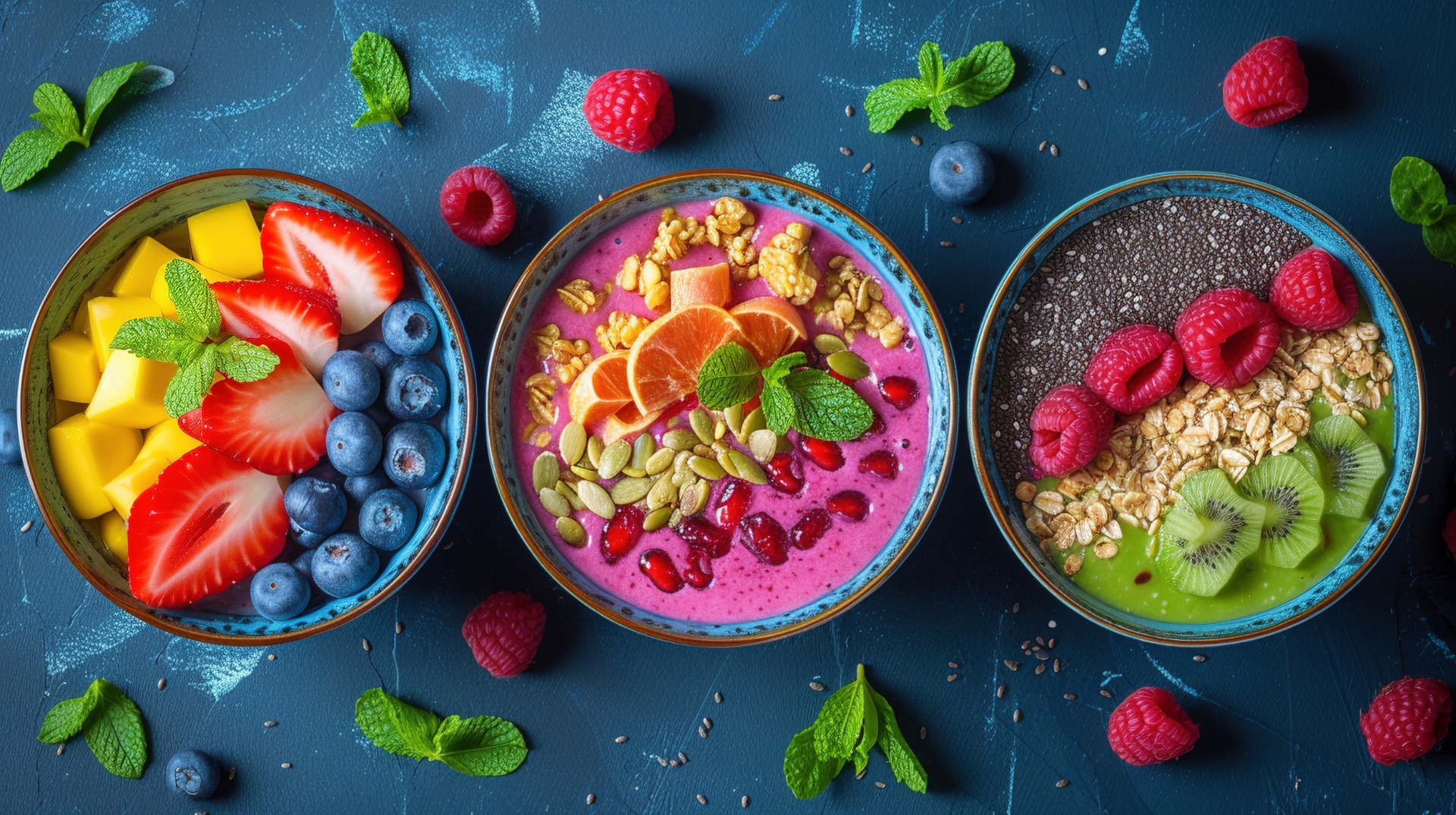

Photo Credit: "© [swissa] / Adobe Stock
If you want to look after your body, you need to eat more fibre, and Grape Tree is a fantastic place to start. Browse our extensive stock of nuts, seeds, dried fruit, grains and beans, pulses and lentils to hit your fibre goal today.
